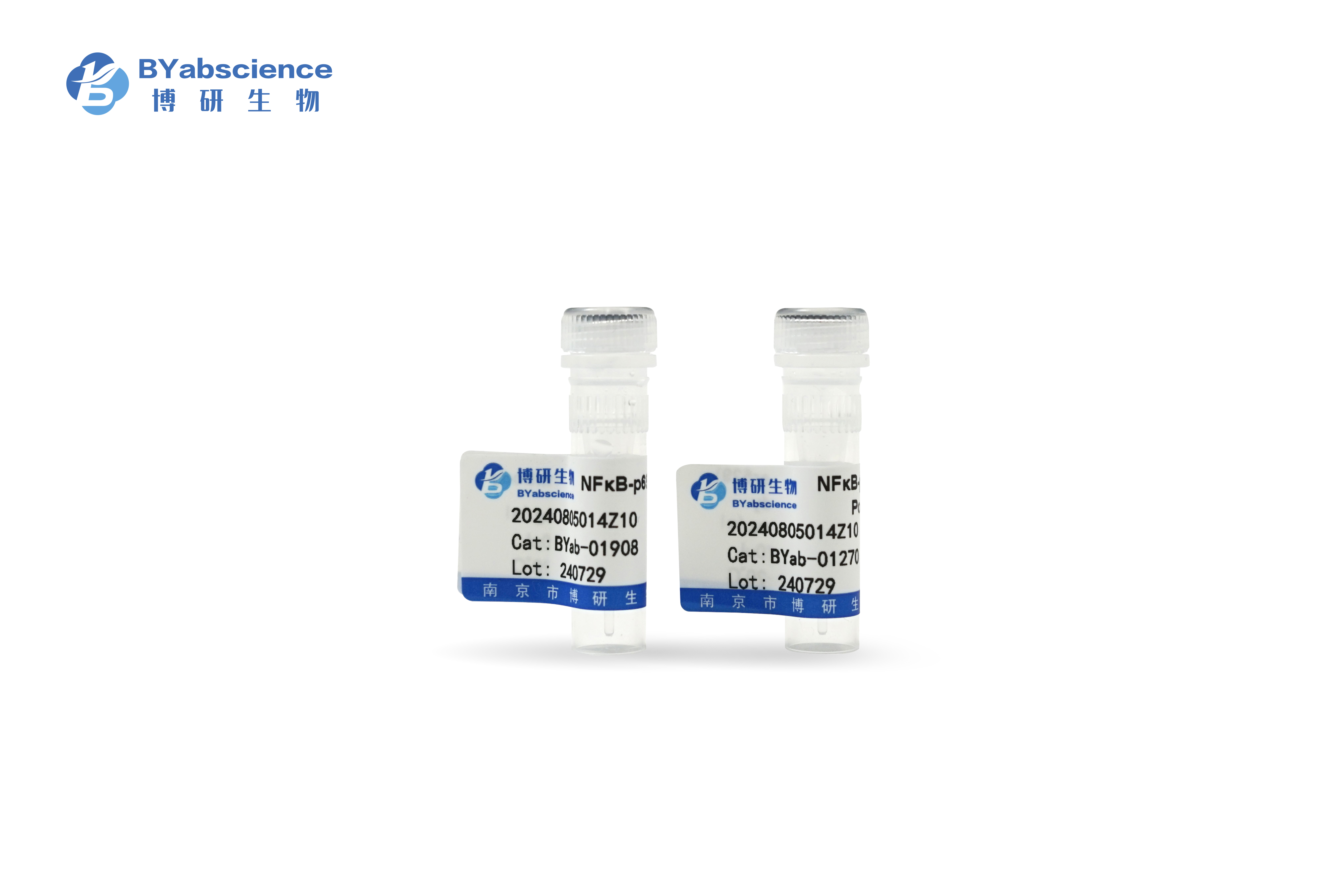免疫原
Purified recombinant fragment of HAND1 (aa90-190) expressed in E. Coli.
特异性
HAND1 Monoclonal Antibody detects endogenous levels of HAND1 protein.
组成(Formulation)
Ascitic fluid containing 0.03% sodium azide,0.5% BSA, 50%glycerol.
稀释比例
Western Blot: 1/500 - 1/2000. ELISA: 1/10000. Not yet tested in other applications.
纯化工艺(Immunogen)
Affinity purification
背景(Background)
The protein encoded by this gene belongs to the basic helix-loop-helix family of transcription factors. This gene product is one of two closely related family members, the HAND proteins, which are asymmetrically expressed in the developing ventricular chambers and play an essential role in cardiac morphogenesis. Working in a complementary fashion, they function in the formation of the right ventricle and aortic arch arteries, implicating them as mediators of congenital heart disease. In addition, it has been suggested that this transcription factor may be required for early trophoblast differentiation. [provided by RefSeq, Jul 2008],
功能
function:Plays an essential role in early trophoblast differentiation and in cardiac morphogenesis. In the adult, could be required for ongoing expression of cardiac-specific genes. Binds the DNA sequence 5'-NRTCTG-3' (non-canonical E-box).,similarity:Contains 1 basic helix-loop-helix (bHLH) domain.,subunit:Efficient DNA binding requires dimerization with another bHLH protein. Forms homodimers and heterodimers with TCF3 gene products E12 and E47, HAND2 and HEY1, HEY2 and HEYL (hairy-related transcription factors).,tissue specificity:Heart.,






